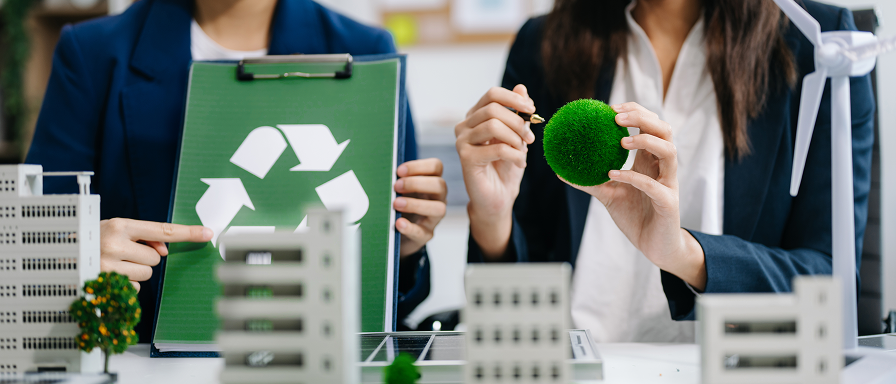The electronic waste crisis is one of the most pressing environmental challenges of our time. As our world becomes
increasingly digital, the mountain of discarded electronics grows at an alarming rate. Here are the shocking facts
everyone needs to know:
📊 1. Massive Global Generation In 2024, the world generated **62 million
metric tons of e-waste**. That’s nearly 8 kg per person—and it’s growing
fast. To put this in perspective, that’s equivalent to throwing away 6
billion smartphones every year. [Learn more from WHO]
(https://www.who.int/news-room/fact-sheets/detail/electronic-waste-
%28e-waste%29)
🚮 2. Recycling Rates Are Shockingly Low Only **22.3% of global e-waste
is formally collected and recycled**. The rest is dumped, burned, or
processed informally, often dangerously. This means nearly 80% of our
electronic waste isn’t being handled properly. [WHO E-waste Fact Sheet]
(https://www.who.int/news-room/fact-sheets/detail/electronic-waste-
%28e-waste%29)
🧪 3. Toxic Time Bomb E-waste contains over 1,000 hazardous
substances, including lead, mercury, cadmium, and flame retardants.
These can leach into soil and water or become airborne when burned,
creating long-lasting environmental contamination.
🧠 4. Health Risks Are Severe Exposure to e-waste toxins is linked to
neurological damage, respiratory issues, cancer, and reproductive
harm. Children and pregnant women are especially vulnerable to these
health impacts.
🔥 5. Informal Recycling Is Dangerous In developing countries, e-waste is
often processed by hand or burned in open air. Workers face skin
disorders, injuries, asthma, and thyroid dysfunction. [Research on
occupational health risks](https://occup-
med.biomedcentral.com/articles/10.1186/s12995-024-00410-z)
🧒 6. Child Labor Is Rampant An estimated 16.5 million children work in
informal e-waste recycling globally. Their small hands are used to
dismantle electronics, exposing them to toxic dust and dangerous
conditions.
️ 7. Air Pollution Travels Far Burning e-waste releases dioxins and
furans, which can drift miles from the source. These pollutants
contaminate crops, homes, and water supplies, affecting communities
far from disposal sites.
💰 8. Lost Treasure E-waste contains valuable materials like gold, silver,
copper, and rare earths. In 2021, the value of recoverable materials in e-
waste was estimated at $57 billion—but most of it is lost due to improper
disposal.
🌱 9. Environmental Damage Is Long-Term E-waste is non-biodegradable
and accumulates in landfills. It contributes to climate change and
ecosystem disruption. [Environmental impact studies]
(https://environment.co/the-harmful-effects-of-e-waste-to-humans/)
📈 10. The Crisis Is Accelerating By 2030, global e-waste is projected to
reach **80 million metric tons**. Without intervention, this will double the
volume from just a decade ago. [Future projections]
(https://environment.co/the-harmful-effects-of-e-waste-to-humans/)
What Can We Do?
The e-waste crisis requires immediate action on multiple fronts:
– **Extend product lifespans** through repair and refurbishment – **Support certified recycling programs** that safely
handle toxic materials – **Choose quality products** designed for longevity – **Donate or sell** working electronics
instead of discarding them – **Advocate for better policies** around e-waste management
The statistics are alarming, but they also represent an opportunity. Every device we keep out of landfills, every toxic
component we handle safely, and every piece of equipment we reuse makes a difference.
The time for action is now. Our planet—and future generations—depend on it.


